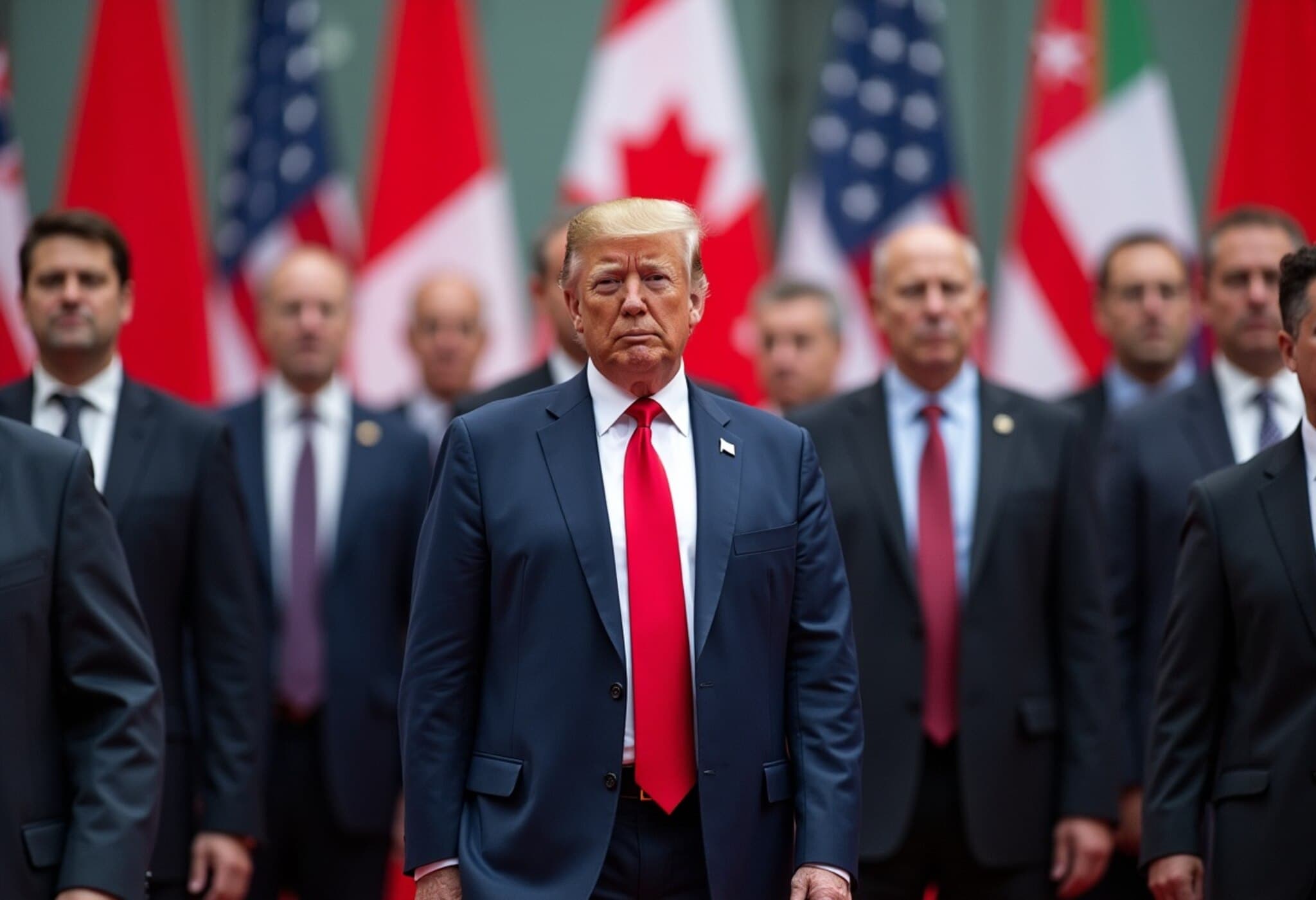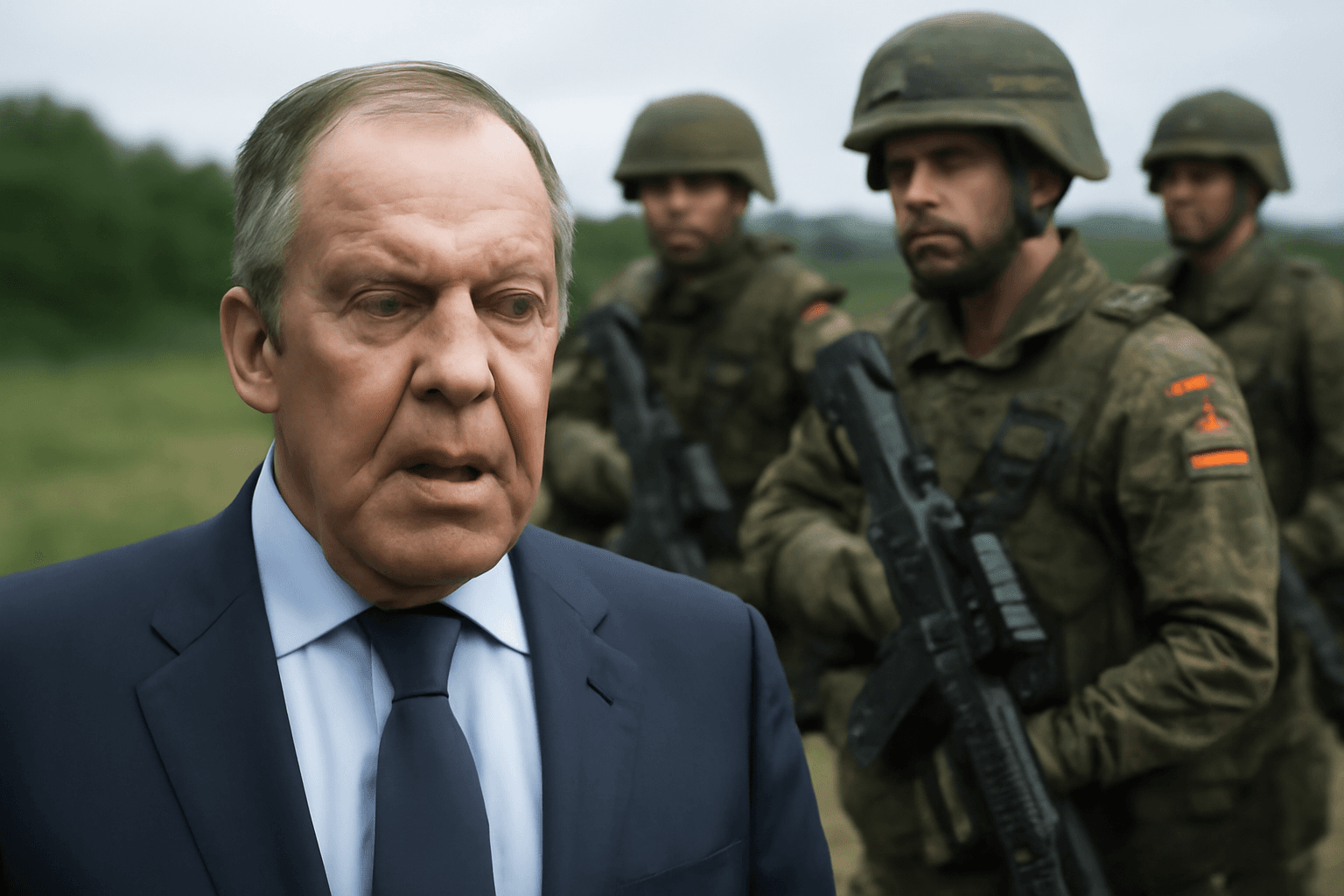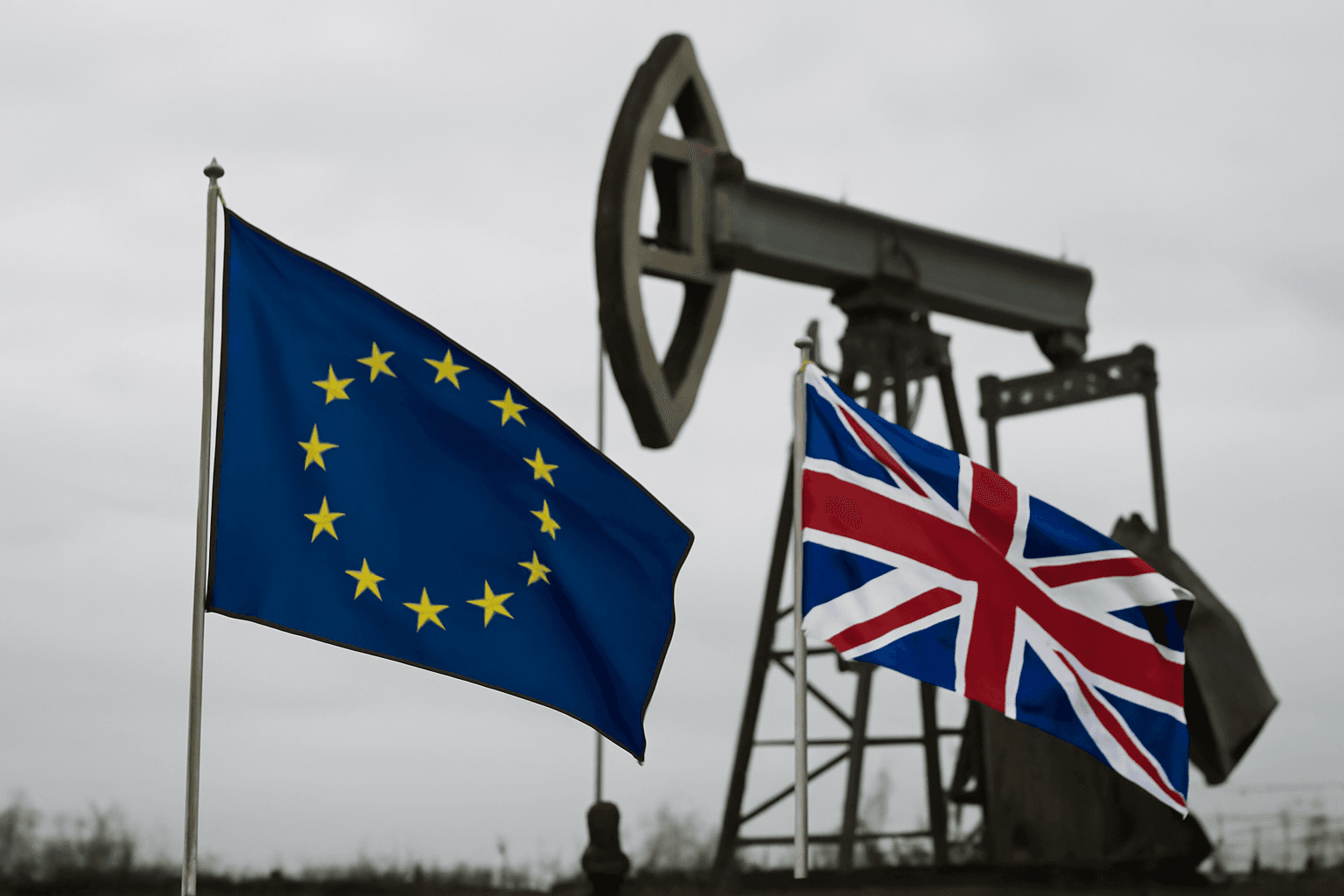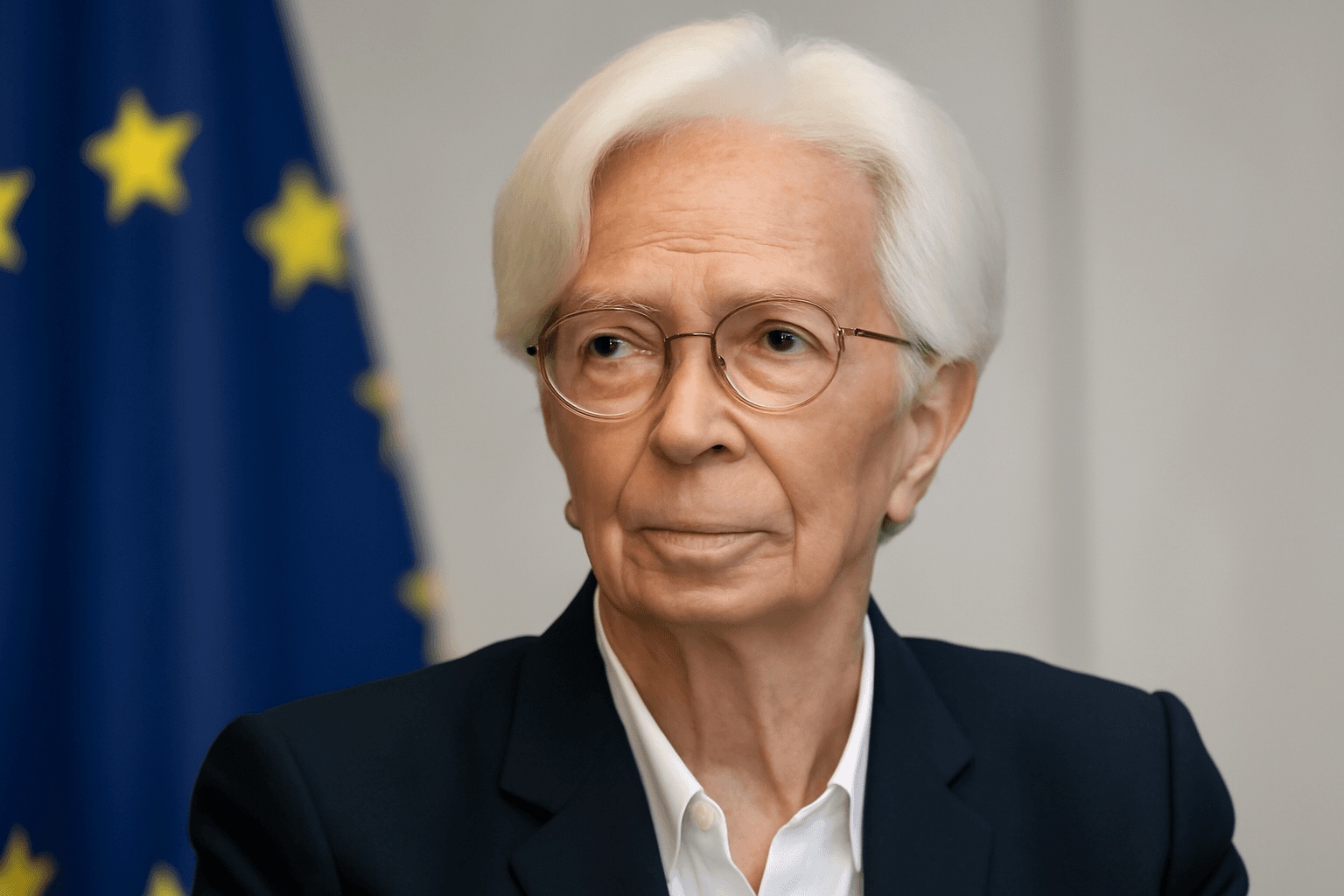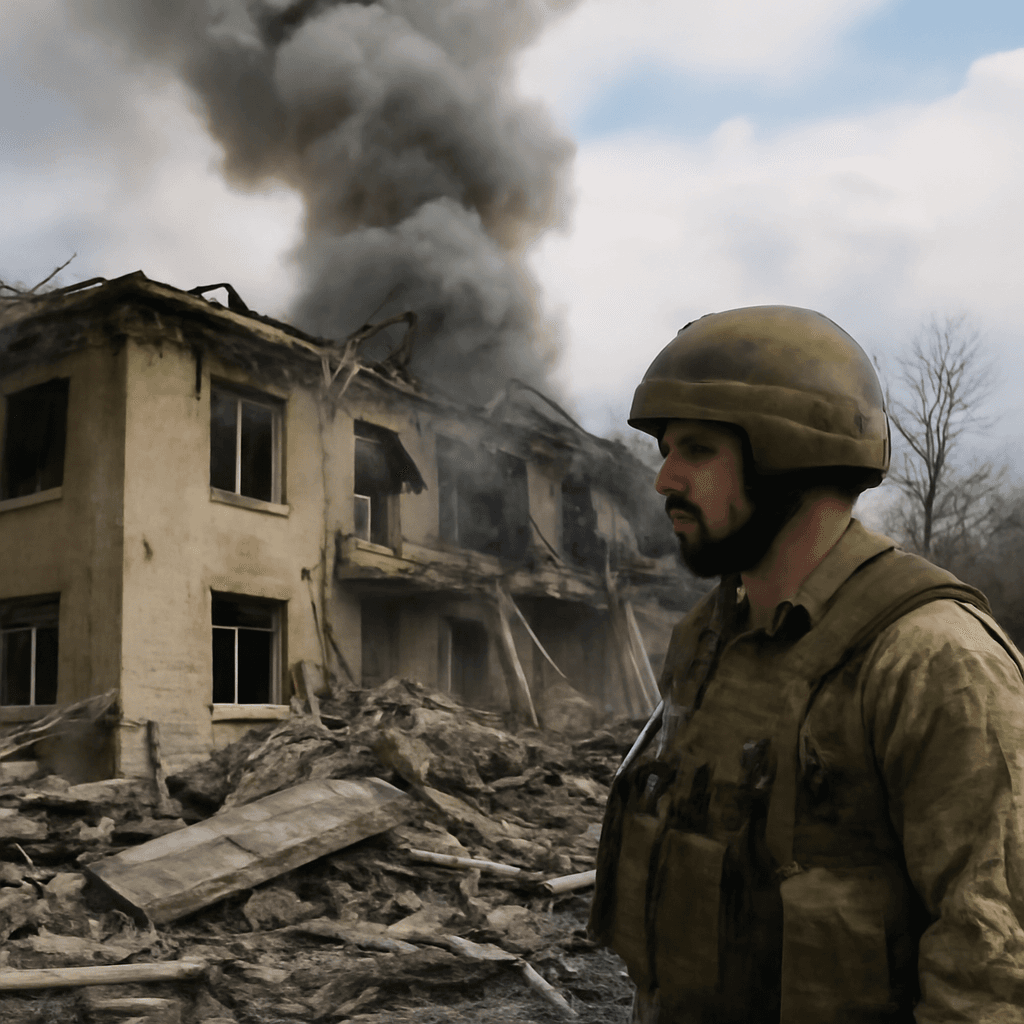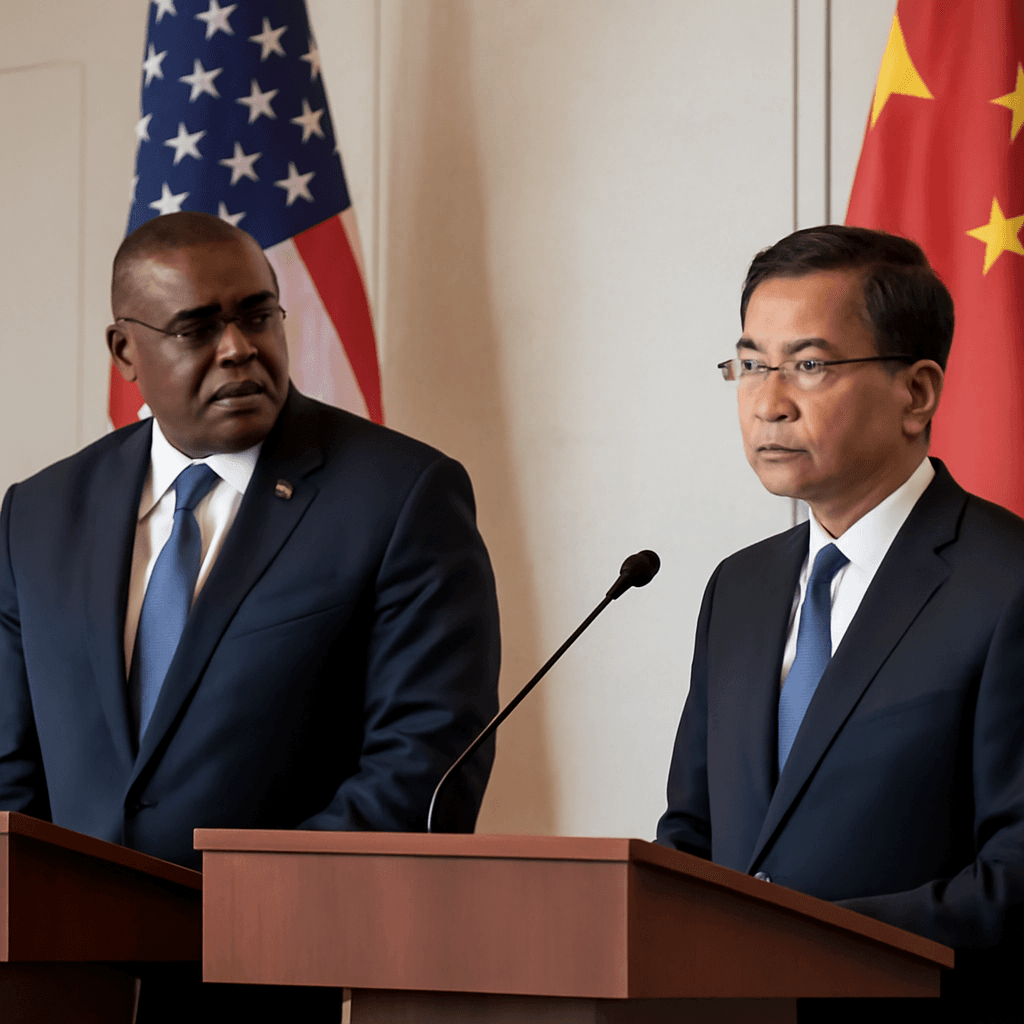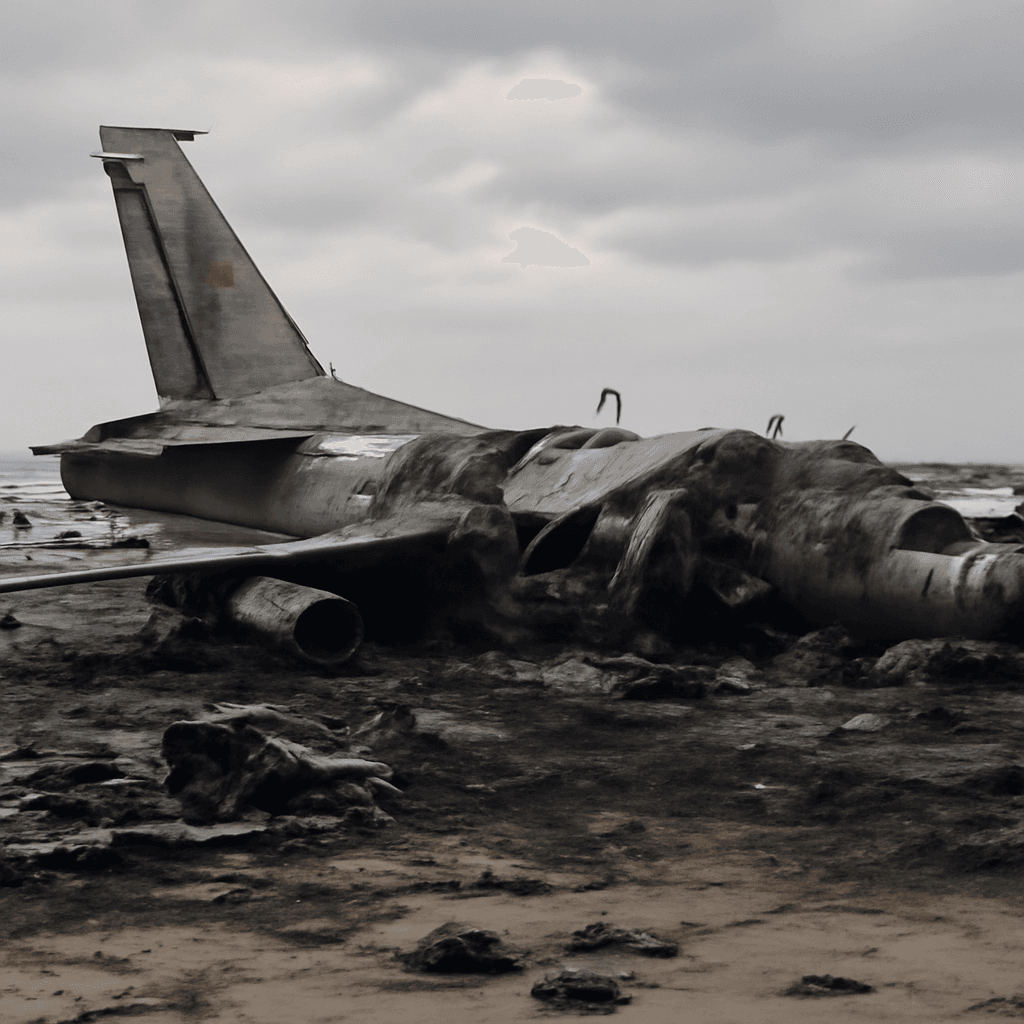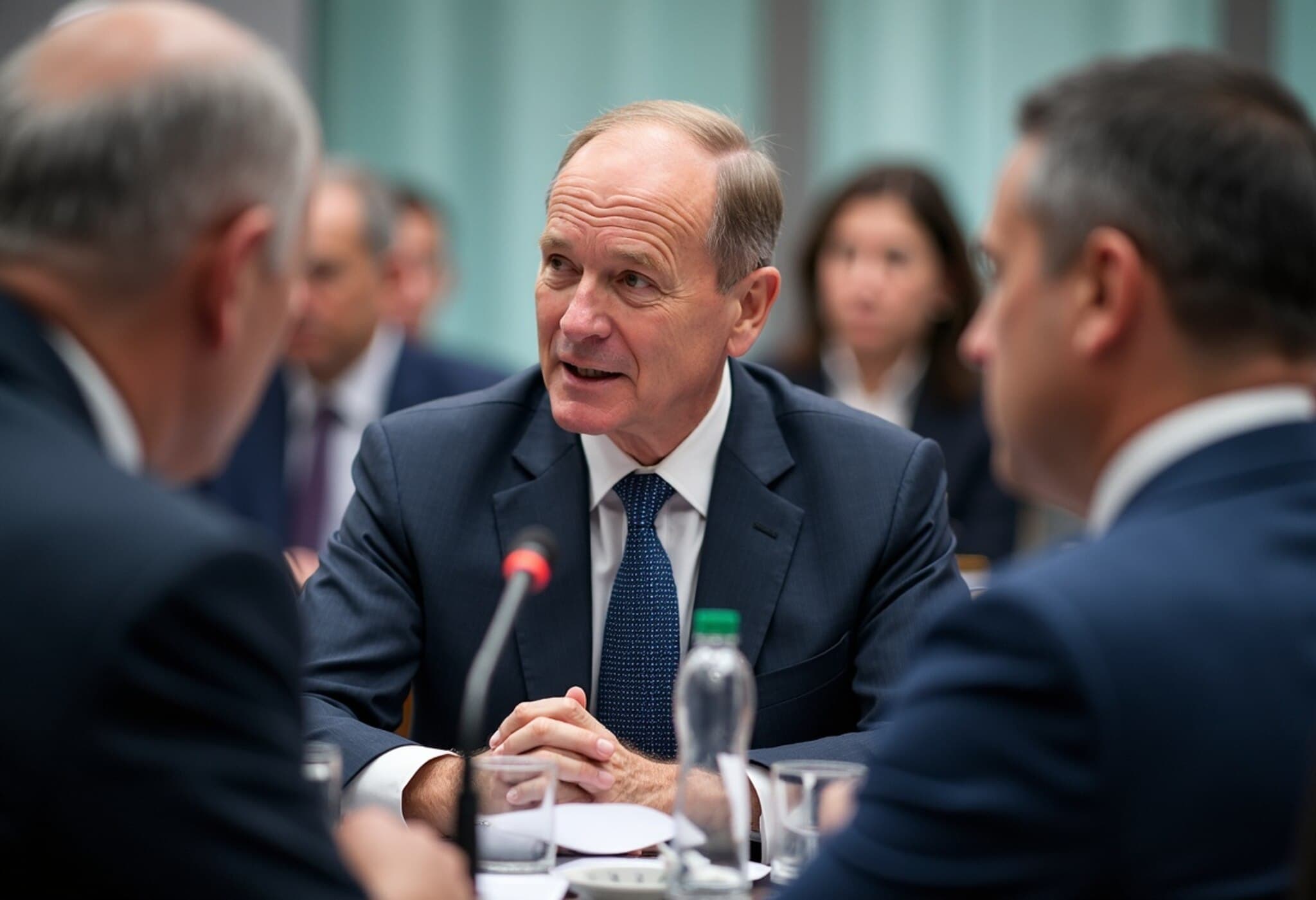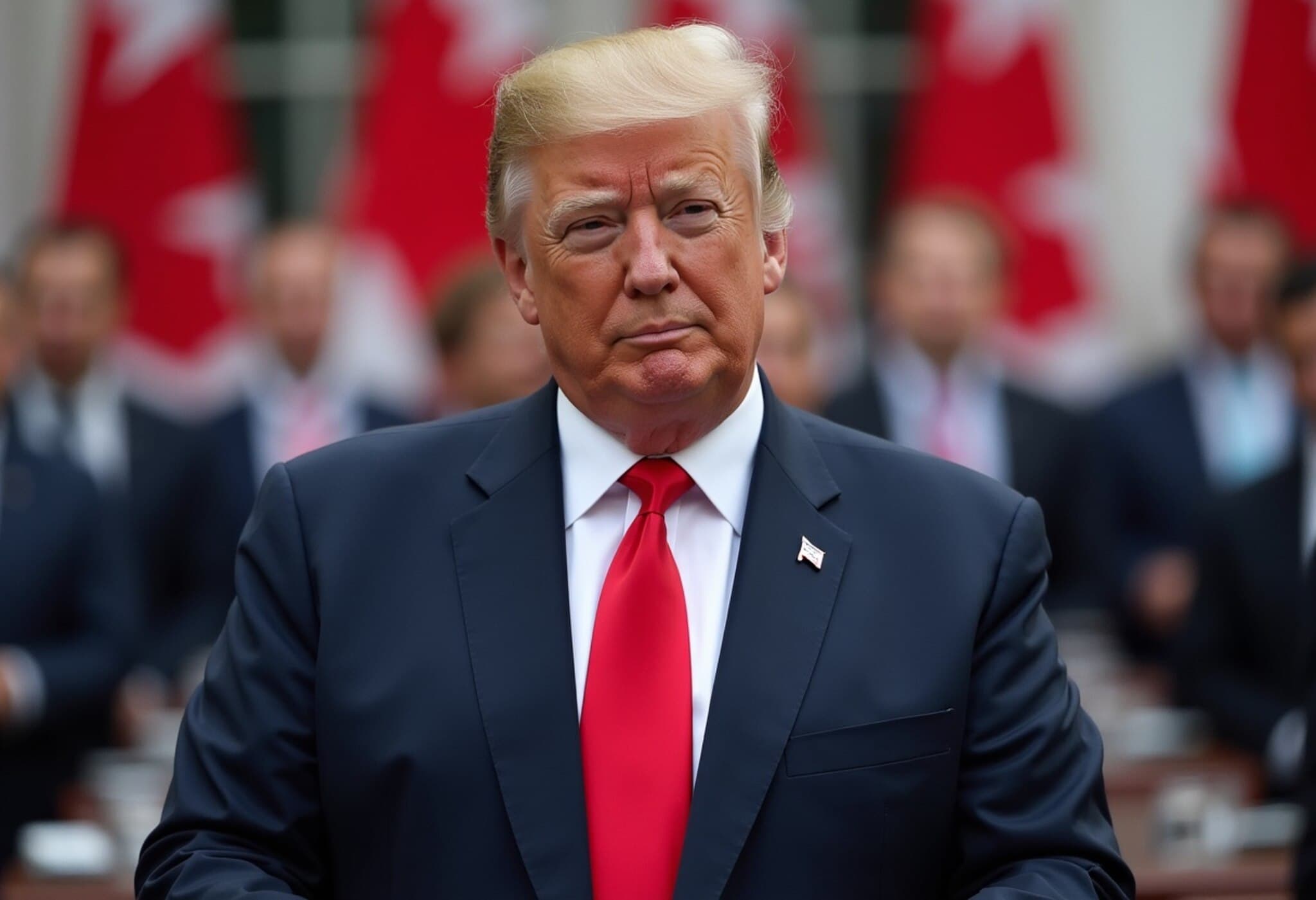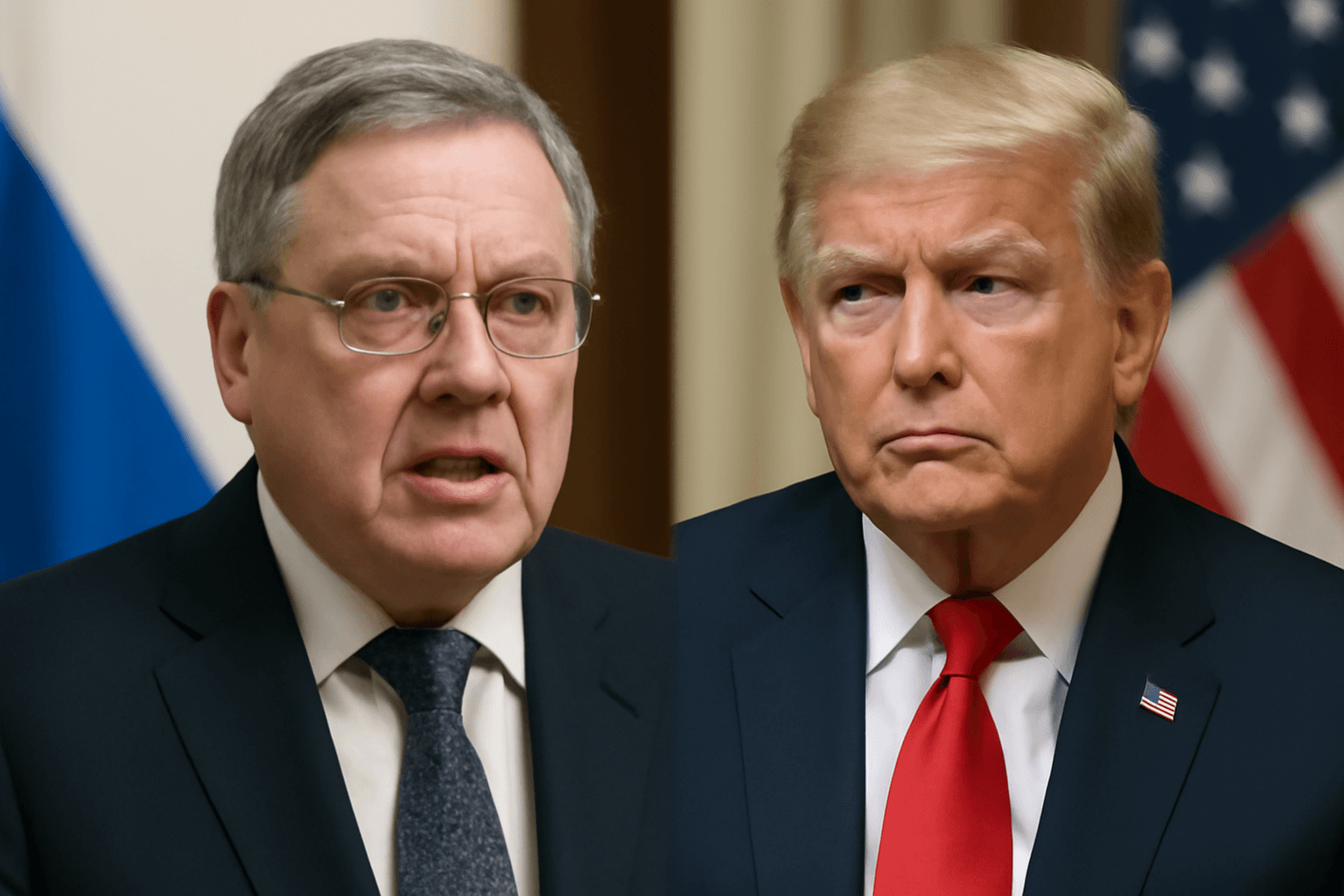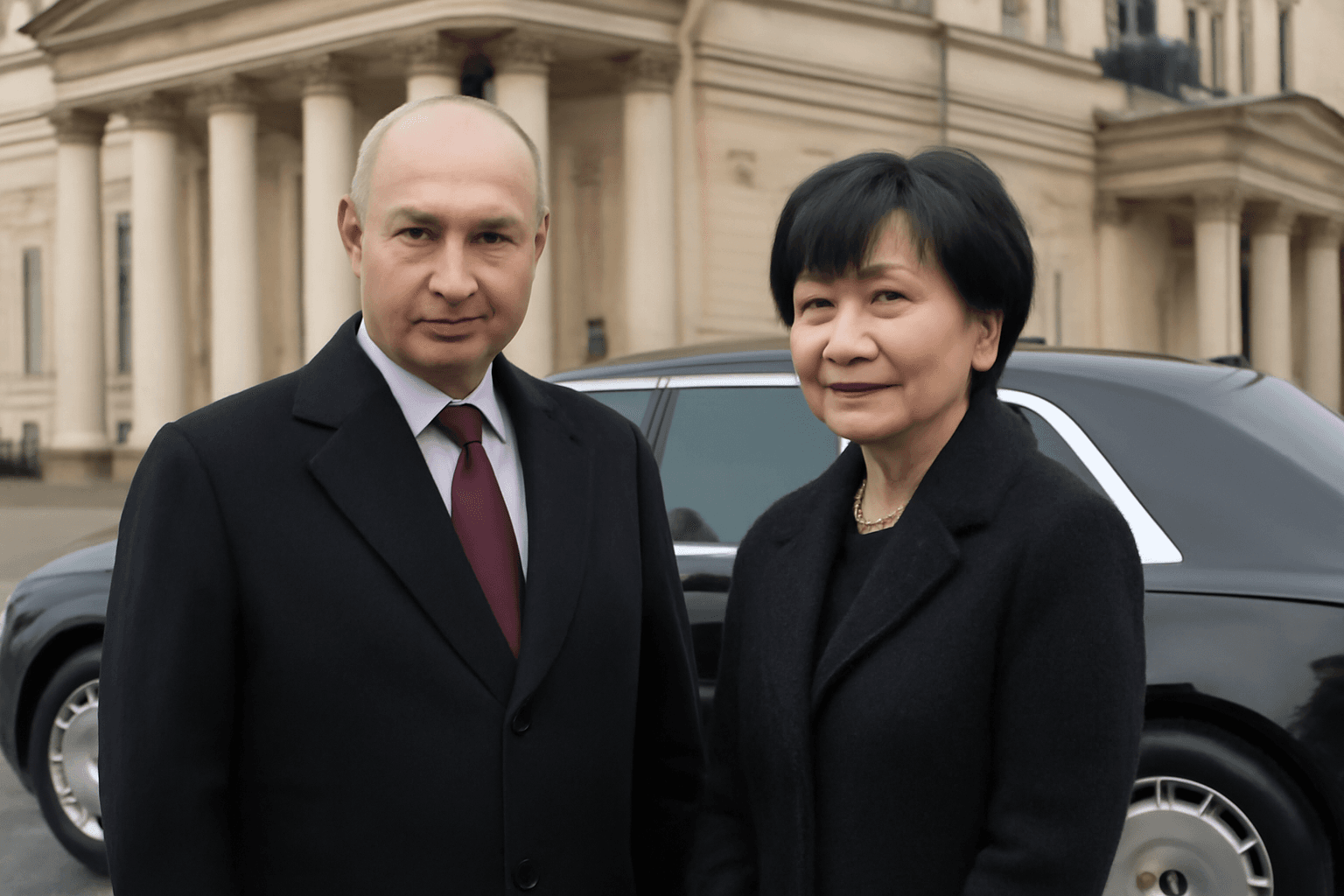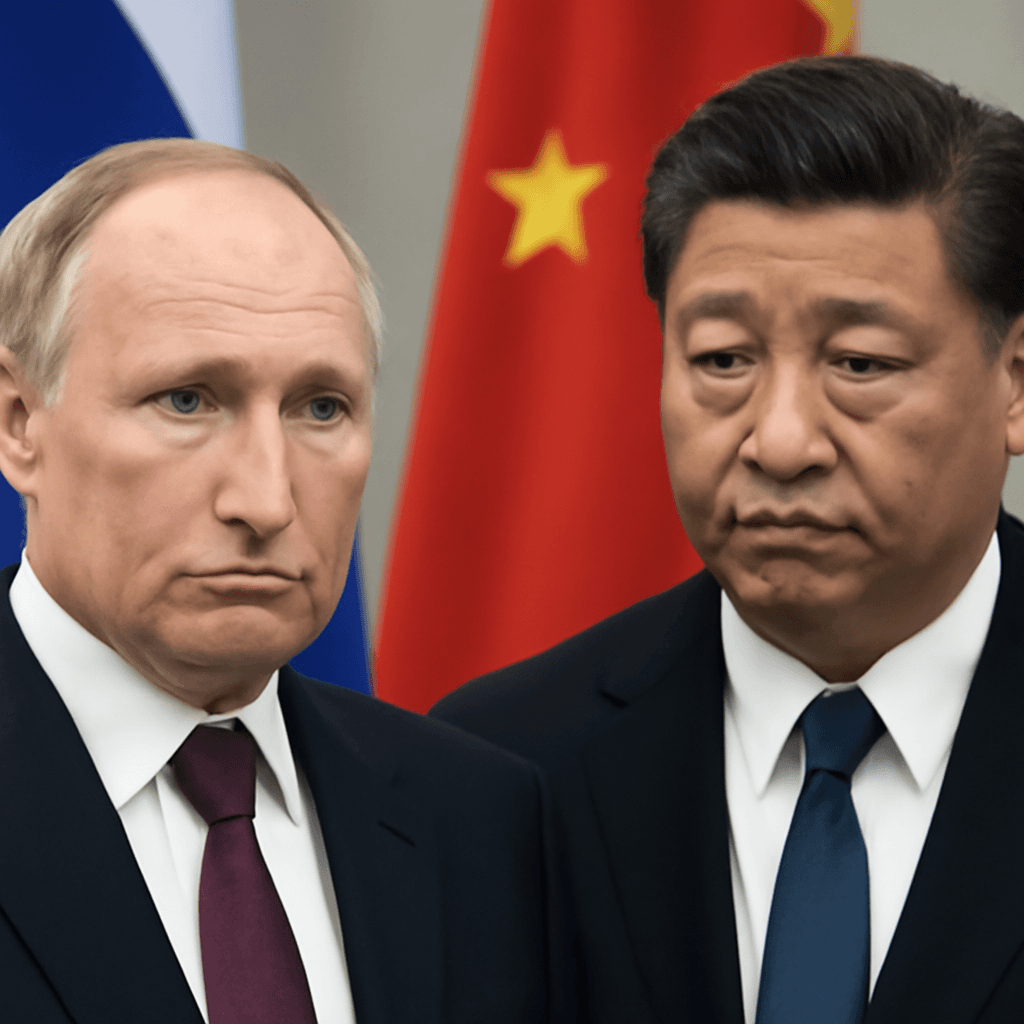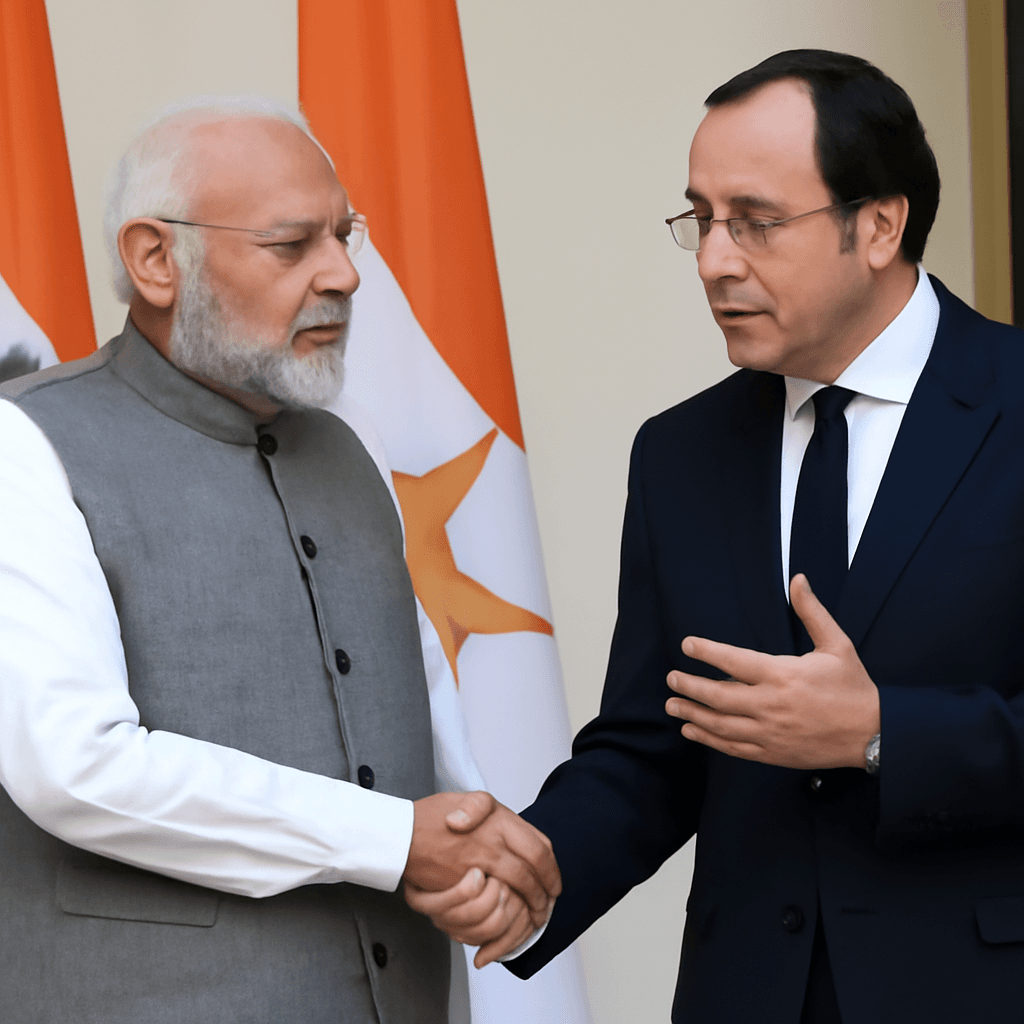G7 Leaders Convene Amid Lingering Trade Tensions and Global Crises
This week, the world's top economic powers gather in the scenic Canadian Rockies for the 2025 Group of Seven (G7) summit. However, beneath the picturesque backdrop lies palpable unease stemming largely from ongoing trade disputes and volatile geopolitical challenges.
With President Donald Trump absent since 2019, allies remain uncertain about America's position on pressing issues, including trade tariffs, Ukraine's conflict, and Middle East instability. As questions mount on whether the U.S. stands with or against the alliance, the gathering promises to test the group's cohesion.
Who Makes Up the G7 and Why It Matters
The G7 consists of the United States, United Kingdom, Canada, France, Germany, Italy, and Japan, alongside representatives from the European Union and select invitees this year: Australia, Brazil, Mexico, Indonesia, Ukraine, South Africa, and South Korea.
Historically, these summits foster collaboration to address global economic and strategic challenges. Yet this year, internal friction, notably over U.S. trade tariffs, threatens to undermine their collective agenda.
Trade Disputes Cast a Long Shadow
- The US maintains a 90-day suspension on certain 'reciprocal' tariffs, set to expire July 9, which currently lowers duties to 10% to allow negotiation breathing room.
- Canada faces tariffs on autos and other goods not covered by the USMCA agreement, prompting retaliatory measures—some partially suspended to safeguard domestic sectors.
- Japan and the European Union are actively pursuing agreements to prevent a resurgence of full trade duties.
Despite expected bilateral discussions between President Trump and other leaders, the prospects of landmark trade deals remain uncertain.
Canada's Cautious Approach to Summit Outcomes
Reflecting the summit's delicate dynamics, Canada has notably dropped the traditional closing communique to avoid public discord signals—keen to steer clear of the fallout experienced during the 2018 summit, when the U.S. withdrew support for the joint statement.
Geopolitical Flashpoints: Ukraine and the Middle East
The summit also unfolds against the backdrop of escalating crises in Ukraine and the Middle East. The U.S. remains divided on deepening sanctions against Russia and has actively assisted in intercepting Iranian missile launches threatening Israel. Meanwhile, other global participants urge de-escalation and dialogue.
These tensions, paired with ongoing economic frictions, set the stage for potentially intense exchanges among leaders, given President Trump's unpredictable approach and his history of confrontational diplomacy.
Analysts Highlight the Stakes and Challenges
Experts emphasize the paradox the G7 faces: created to unify advanced economies on global challenges, but now grappling with instability stemming from within its own ranks. The alliance's effectiveness hinges on balancing cooperation over issues like China's economic influence—while managing internal disagreements, especially U.S.-imposed tariffs on allies.
Moreover, addressing broader concerns such as technological advancements, public health crises, and global conflicts remains as urgent as ever, particularly as geopolitical rivalries increasingly hamper international institutions.
The Big Question: Unity or Fragmentation?
As leaders convene in Kananaskis, all eyes are on whether the G7 can overcome internal fractures and present a united front. Amid tariff wars, geopolitical upheaval, and mounting pressures on global governance, the summit could prove pivotal in shaping alliances and policy trajectories for years ahead.

